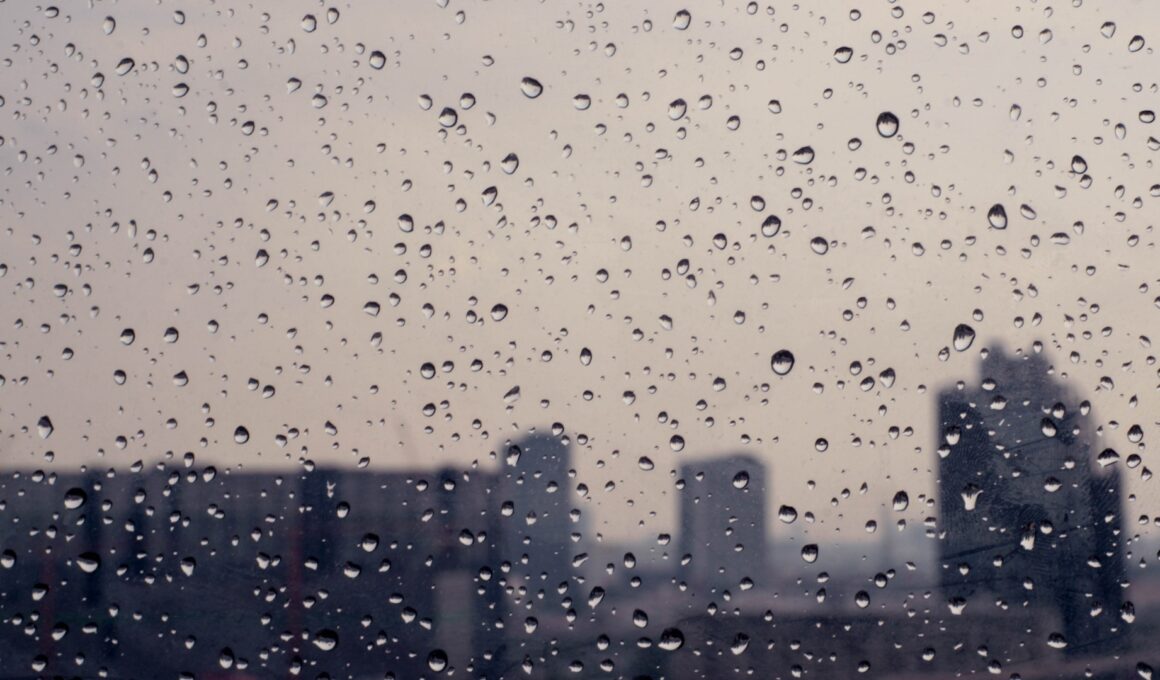When the idea of depression only being triggered during certain seasons first arose, many experts were extremely skeptical. However, with the rates of this disorder in the US alone ranging from 1.4% in some states to 9.7% in others, it is now being called a, “specifier of major depression.” Seasonal Affective Disorder (SAD) is also often called seasonal depression, the winter blues, or the summer blues. The interesting thing is that any season can trigger it, though it remains the same every year for each specific person.
If you find yourself experiencing serious mood changes when the seasons change at the same time each year, you may be experiencing symptoms of SAD. The important thing to know is that this is a real disorder that can be treated.
A Brief History and Overview of SAD
The National Institute of Mental Health officially named SAD in 1984. The disorder was described as being directly related to light. Most people affected by SAD experience it during the winter months when there is relatively little light. Norman E. Rosenthal, the MD who directed the study on SAD experienced depression during the winter months himself, which is what led him to try and determine the cause. In 1993, his book Winter Blues was released and is still known for being the best introduction to SAD. While SAD can strike during any seasonal change, most patients seem to suffer the most during winter months. Its affects are the same as major depression, the only difference being that it is temporary and only lasts until the next change of season.
Diagnosis and Symptoms
The American Psychiatric Association has determined that SAD is not a disorder in and of itself, but rather an additional descriptor of major depression. In order to meet the criteria for a SAD diagnosis, patients must display the following:
• The episodes of depression must appear at certain times during the year
• Extreme changes (i.e., remission or mania) take place at a certain time of year
• The pattern has continued for at least two years
• No non-seasonal depression has taken place
• Episodes of seasonal depression outnumber any other sort of depressive episodes
While each patient seems to experience their own symptoms of SAD, there are a few that remain somewhat consistent from person to person.
• Difficulty waking up in the morning or oversleeping
• Morning sickness
• Overeating – especially for “comfort foods” like carbohydrates that usually lead to weight gain
• Low levels of energy
• Inability to concentrate
• Withdrawal
• Decreased sex drive
Because these feelings are incredibly draining, make you emotional, and often lead to weight gain, there are a list of symptoms that follow. These symptoms are descriptive of the actual depression:
• Sadness
• Pessimism
• Feeling hopeless
• Inability to find pleasure or happiness
In addition to these, people who suffer from the spring and summer forms of the depression also tend to experience insomnia, anxiety, decreased appetite, weight loss, withdrawal, anxiety, an increased sex drive, and even feelings of suicide.
How Is SAD Treated?
While SAD is a form of depression, the steps taken in treating it are quite different. Because the disorder has been directly linked to levels of light, it is often light therapy that is prescribed as treatment. Light therapy is the use of a lightbox to emit bright light that far exceeds the amount of lumens normally used in lighting. Bright white light full spectrum light is generally preferred but green lights are also used.
The treatment works by having the patient sit about 30-60 centimeters in front of the light. Their eyes are open but they are not looking directly at it. In order for the therapy to have time to work properly, the patient is recommended to sit in the light for at least half an hour and up to an hour. It’s easy to see, however, that this process could quickly become time consuming. Few people have an extra hour each day to sit in front of a light. A study to this effect showed that almost 70% of patients have stated that the therapy is inconvenient, and almost 20% have completely given up on it because of this.
There may be another way to administer light therapy without so much time or inconvenience, according to one study conducted in Finland. This study showed that delivering light directly to specific regions of the brain through the ear canal just might be an equally effective alternative. The outlook is bright as 92% of the patients experienced complete relief from every one of their symptoms.
Other methods of light therapy include taking in more sunlight by spending time outdoors, or via a heliostat. The computer controlled device reflects natural sunlight through the windows which has often proven to yield better results than artificial lightboxes. Other treatments for SAD include antidepressant medications; commonly fluoxetine and sertraline. These medications are known as selective serotonin reuptake inhibitors and have proven to be extremely effective – especially when combined with light therapy.
While diagnosing and treating SAD are extremely important, it’s also important to remember that the low energy levels that many experience during the winter months are not the same thing as SAD. Just because you notice a few of the symptoms associated with SAD does not necessarily mean that you are suffering from depression. It’s best to talk with your doctor to properly diagnose whatever is causing your symptoms and outline a proper course of treatment.




